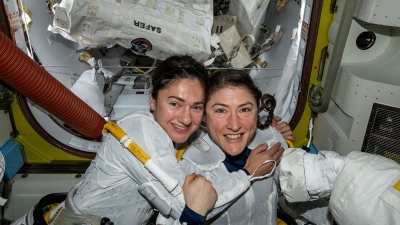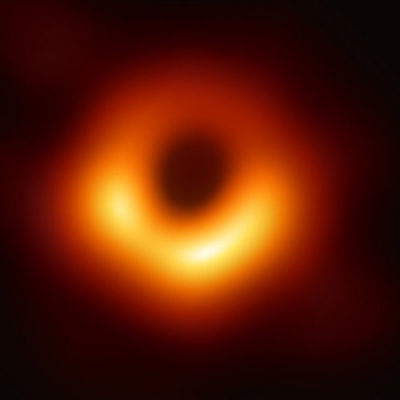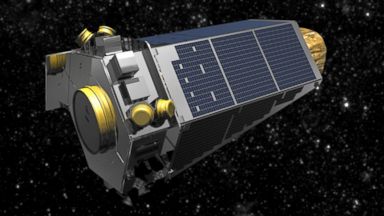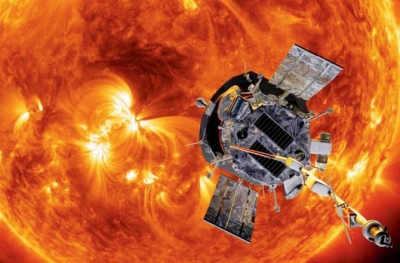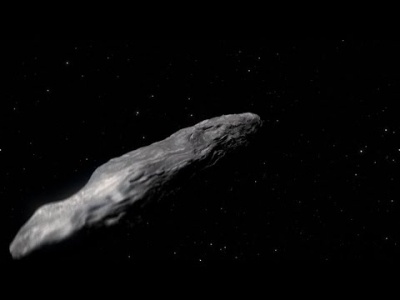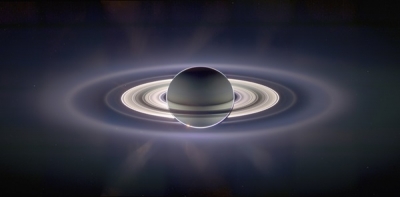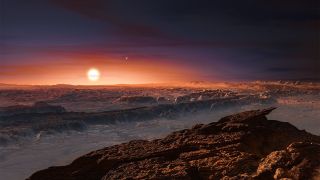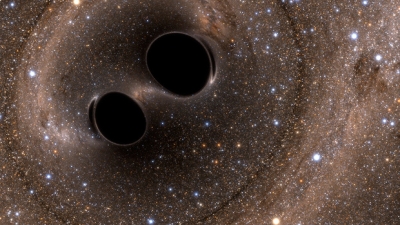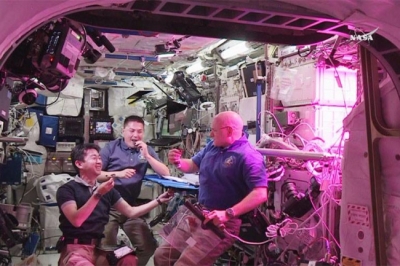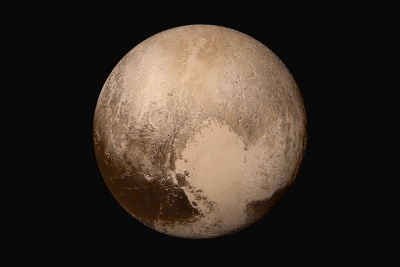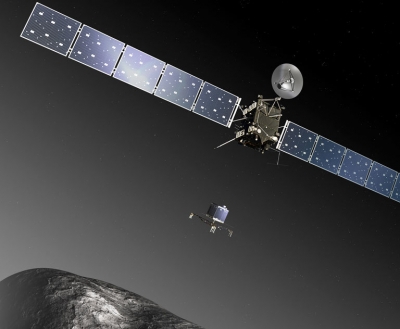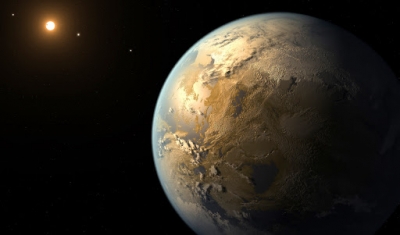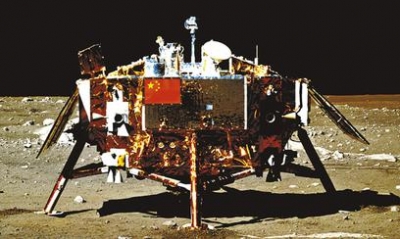Which are the important Indian milestones?

September 24, 2014:
The Mars Orbiter Mission (Mangalyaan), India’s first interplanetary mission, entered the orbit of the Red Planet, making India the first country to achieve this feat in its first attempt. Mangalyaan was launched on November 5, 2013, by the Indian Space Research Organization (ISRO). Initially, the mission was to last only six months, but ISRO extended it further and the orbiter continues to send data till today. Based on the thousands of pictures of the planet and its two moons Phobos and Deimos sent by the orbiter, ISRO has prepared a Martian Atlas.
May 23, 2016:
The ISRO successfully launched a Reusable Launch Vehicle (RLV) Technology Demonstrator mission. With this flight, critical technologies such as autonomous navigation, guidance & control, reusable thermal protection system and re-entry mission management were validated. The fully developed RLV is expected to take off vertically like a rocket, deploy a satellite in orbit, return to Earth, and land on a runway.
February 14, 2017:
The ISRO achieved a major milestone, with the successful record-setting launch of 104 satellites on a single rocket. The Polar Satellite Launch Vehicle (PSLV) blasted off with three satellites from India and 101 smaller nano satellites from five other countries: the U.S., the Netherlands, Israel, Kazakhstan and Switzerland. This number crushed the previous record of 37 satellite sent into orbit aboard a single Russian Dnepr rocket in June 2014.
July 5, 2018:
The ISRO successfully carried out Pad Abort Test to quality Crew Escape System required for Human Spaceflight. The system is an emergency measure designed to quickly pull away the crew module along with the astronauts to a safe distance from the launch vehicle if the mission gets aborted.
August 15, 2018:
Narendra Modi in his Independence Day speech said India’s first manned space mission, Gaganyaan, will be launched by 2022. Sivan, chairman of the ISRO, said that though the target was challenging, it was doable. The work on the mission began in 2004 and most of the key technologies are in place. The 10,000 crore project will launch three Indian astronauts to circle Earth at a distance of about 300400 km from the surface for up to seven days. The crew is expected to commence its journey in December 2021 on a GSLV MkIII rocket.
August 20, 2018:
In a major breakthrough, NASA’s instrument aboard India’s first lunar spacecraft Chandrayaan-1 helped confirm the presence of frozen water deposits in the darkest and coldest parts of the Moon. This discovery has wide-reaching implications for future lunar settlements and exploratory missions. The findings were published on August 20, 2018, more than 10 years after the spacecraft’s launch in 2008. Chandrayaan-1 operated till August 2009, when controllers lost communication with the spacecraft. In March 2017, NASA scientists said they had located Chandrayaan-1 in a polar orbit that was about 200 km above the lunar surface.
July 22, 2019:
The ISRO launched the much-awaited second lunar exploration mission Chandrayaan 2 to map and study the variations in lunar surface compositions. The craft reached the Moon’s orbit on August 20, 2019, and began orbital positioning manoeuvres for the landing of the Vikram lander on the near side of the Moon, in the south polar region. However, Vikram failed to make a successful landing as it deviated from its intended trajectory and lost communication when touchdown confirmation was expected. Anyhow, the Chandrayaan-2 orbiter will continue its mission to study the lunar atmosphere and attempt to estimate the quantity of iced water on the Moon.
Picture Credit : Google
